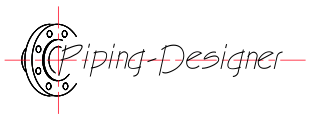Curie-Weiss Law
Curie-Weiss Law formula |
||
|
\( x \;=\; \dfrac{ C }{ T - T_c } \) (Curie Weiss Law) \( C \;=\; T \cdot ( x + T_c ) \) \( T \;=\; \dfrac{ C }{ x + T_c } \) \( T_c \;=\; \dfrac{ C }{ T } -x \) |
||
| Symbol | English | Metric |
| \(x\) = Magnetic Susceptibility | \(dimensionless\) | \(dimensionless\) |
| \(C\) = Curie Constant (Material Specific Property) | - | \(A/mk\;/\;T\) |
| \(T\) = Absolute Temperature | \(F\) | \(T\) |
| \(T_c\) = Curie Temperature | \(F\) | \(K\) |
Curie-Weiss law is a principle in magnetism that describes the behavior of materials, particularly ferromagnets, as they are heated above their Curie temperature. It is an extension of the simpler Curie's law, which applies to paramagnetic materials. The Curie-Weiss law states that a material's magnetic susceptibility is inversely proportional to the difference between its absolute temperature and its Curie temperature.
Here, the magnetic susceptibility, which measures how easily a material is magnetized in an external magnetic field. The law highlights that as the temperature of a ferromagnetic material approaches its Curie temperature from above, its magnetic susceptibility increases rapidly, theoretically becoming infinite at the Curie point. This singularity in the formula helps to explain the sharp transition from a disordered, paramagnetic state to an ordered, ferromagnetic state. The Curie-Weiss law is a powerful approximation that provides a clear link between a material's temperature and its magnetic behavior.

